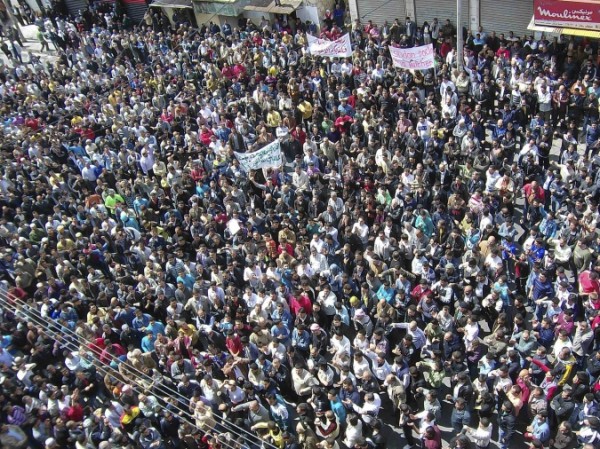Syria News
Syria’s harsh and stagnant dictatorship at first seemed immune to the wave of unrest that swept through most of the Arab world after the revolution in Tunisia in January 2011. But in mid-March, demonstrations broke out in several cities, and grew rapidly after security forces fired on protesters.
The country’s president is Bashar al-Assad, the son of Hafez al-Assad, who ruled with an iron hand for three decades before his death in 2000. The Assads belonged to the Allawite sect, a minority that came to hold most of the top positions in the government and military. Under Hafez al-Assad, Syria was reviled in the West for its support of terrorist groups and generally isolated even from more moderate Arab countries. Bashar al-Assad from time to time made gestures toward greater openness. But it remained one of the region’s most repressive regimes.
In February 2011, after the fall of Egypt’s strongman, Hosni Mubarak, a handful of demonstrations were called in Syria. But the demonstrators were always outnumbered by the police, and were quickly arrested or dispersed. Large protests began in March in the southern town of Dara’a, where citizens were outraged by the arrest of more than a dozen schoolchildren for writing graffiti. More protests followed, in Dara’a and other parts of the country; after a few days, the regime responded with force. By April 30, human rights groups said they had documented close to 500 deaths of protesters.
The widening defiance in Syria comes after months of challenge to the autocrats of the Arab world that confronts them with a stark choice: either they can step down, as the leaders of Tunisia and Egypt were forced to do, or they can protect their own power with varying degrees of force, like the rulers of Libya, Bahrain and Yemen, at the risk of ever greater violence.
In Syria, Mr. Assad at first seemed to veer between offers of concessions and force. On April 16, Mr. Assad pledged to meet one of the demonstrators’ main demands by lifting the emergency law. But just days later, he launched what became a withering crackdown: security forces fired on demonstrators across the country, killing dozens, the army sent tanks into Dara’a and hundreds of government opponents were arrested or were reported to have disappeared. On May 5, Insan, a Syrian human rights group, said that more than 600 people had been killed and as many as 8,000 people were reported to be in custody or missing.
Syria’s security forces shot dead 30 people yesterday as thousands rallied on a “Day of Defiance” against Bashar al-Assad’s rule.
The president’s forces opened fire and sent tanks to attack protesters.
About 100 tanks were stationed between the outskirts of Damascus and Homs.
The latest killings came as a divided European Union failed to agree on sanctions to target President Assad despite his regime’s history of violence. After talks in Brussels, a group of southern European countries blocked measures to issue a travel ban and freeze the president’s assets.
Visa bans and asset freezes were agreed for 13 officials beneath the president but no measures were taken to cut off Syria’s wealth by targeting its oil industry or blocking exports to the EU.
